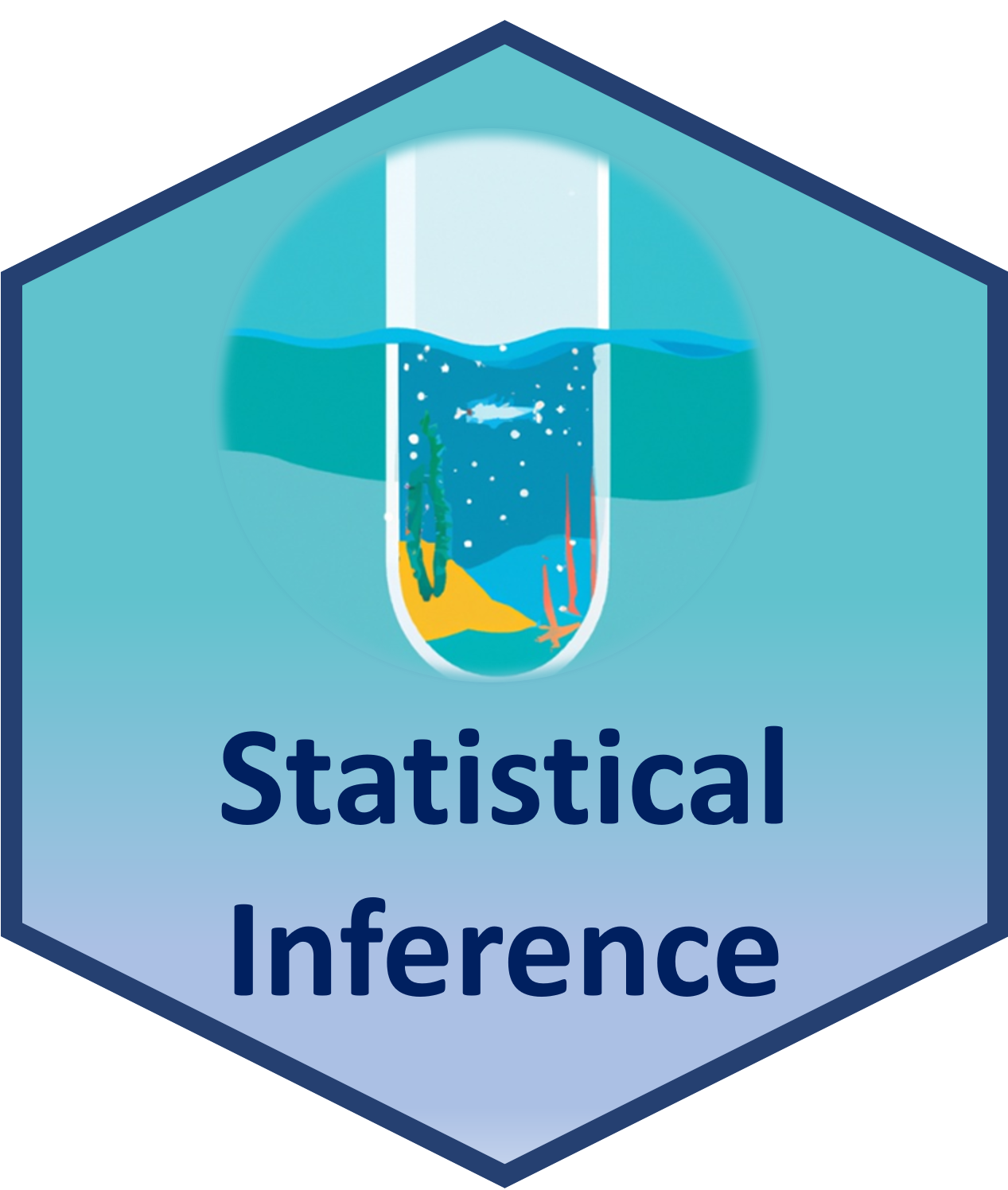5 Module 5: Confidence intervals based on distributional assumptions
Learning objectives
Describe the Law of Large Numbers. (Move to model 2!)
Describe a normal distribution. (Move to model 2!)
Explain the Central Limit Theorem (Move to model 2!)
Explain the role of Central Limit Theorem and other general asymptotic results (such as for quantiles) in constructing confidence intervals.
Write a computer script to calculate confidence intervals based on the assumption of normality or the Central Limit Theorem.
Discuss the potential limitations of these methods.
Decide whether to use asymptotic theory or bootstrapping to compute estimator uncertainty.
5.1 Proposed structure of this chapter
5.1.1 introduction + motivation
- recall CIs using bootstrapping
- recall sampling distribution + Normal model
- general form of confidence interval
5.1.2 one sample
CI for one proportion formula
finding critical value
assumptions + conditions
interpretation
CI for one mean when sd known formula
problem when sd not known
introduction to t value
finding critical value
assumptions + conditions
5.1.3 Extending to two samples
- sampling distribution for difference in proportions + means
- introduce idea of dependent and independent samples?
- CI for two proportion
- CI for two mean (independent groups)
- CI for two mean (dependent groups)
